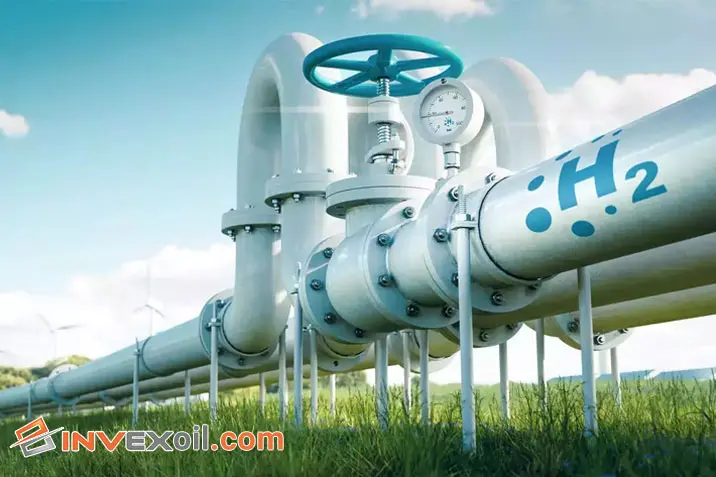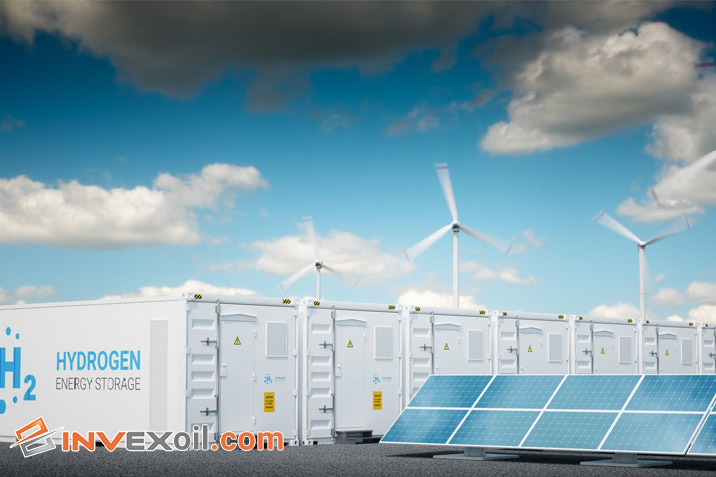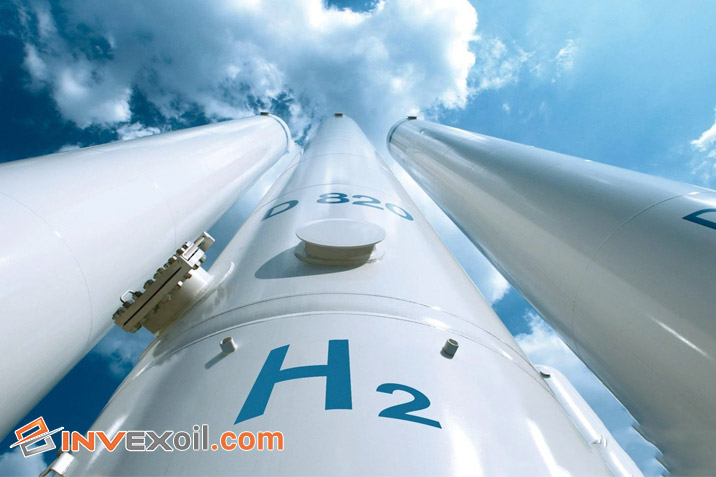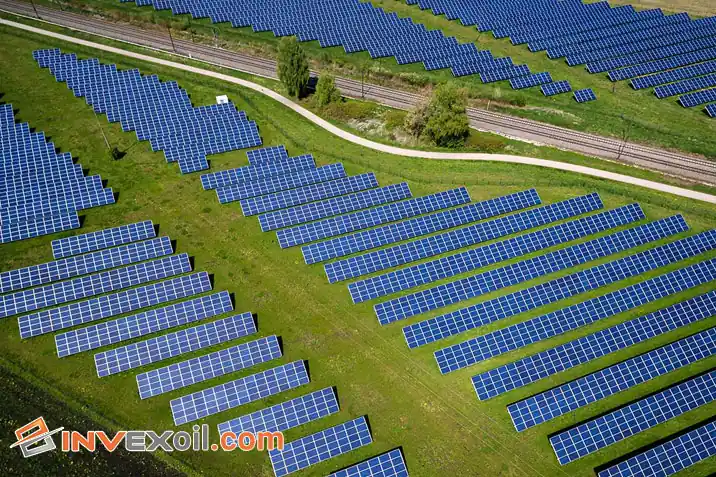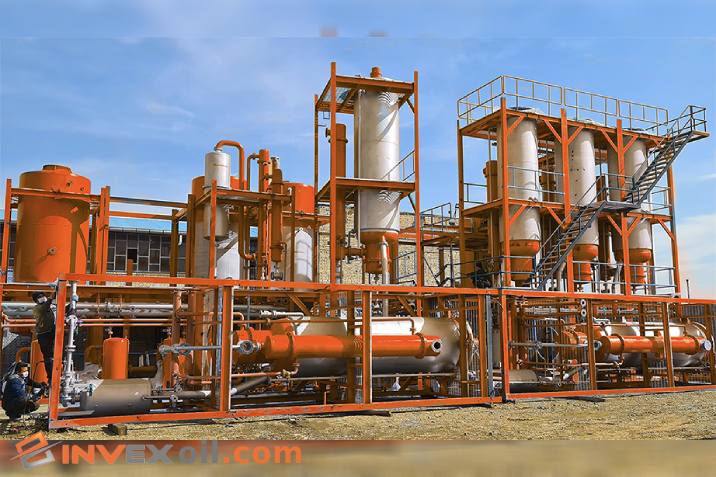Have you ever wondered about the transformative potential of Power to X in our relentless pursuit of sustainable energy solutions? Imagine a world where renewable energy integrates into our daily lives, transforming how we use and store energy. In that world, outlook could be a clean, healthy, and more alive world!
We will investigate everything related to reinventing our energy environment in this revolutionary concept.This piece also examines how Power to X can provide the energy for oil re-refinery which is one of the most environmentally hazardous pollutants.
Table of Contents
Types of Power to X
The concept of Power to X is revolutionizing how we think about energy conversion and utilization. This approach encompasses various technologies, transforming electricity into a different energy or material. Below, we explore these diverse technologies and their applications:
-
Power-to-Hydrogen
Hydrogen power emerges as a pivotal component within the expansive landscape of Power to X technologies. This intricate process, scientifically called electrolysis, seamlessly dissects water into its elemental components, hydrogen, and oxygen, fueled by electricity from renewable fountains.
The applications of hydrogen are diverse, ranging from fueling automotive cells to energizing storage devices. This versatile element is a well-established and viable answer for forging a sustainable energy future, thanks to its scalability and remarkable energy efficiency. The distinctiveness of power to hydrogen lies in its adaptability as an energy carrier and its role as a pristine substitute for traditional fuels, aligning seamlessly with the pursuit of clean and efficient energy solutions.
-
Power-to-Gas
Power-to-gas technology primarily involves converting electrical energy into gaseous fuels like synthetic natural gas or hydrogen. This technology is vital in energy storage and transportation, offering medium energy efficiency and moderate scalability.
Its applications extend to heating systems and as a renewable energy source in the transportation sector, particularly in areas where direct electrification is challenging power-to-gas acts as a bridge, connecting renewable energy production with diverse energy demands.
-
Power-to-Liquid
In the domain of Power to X, Power-to-Liquid refers to the transformation of electrical energy into liquid fuels, such as synthetic oil or e-fuels used in shipping and aviation. Although currently at an early stage with lower scalability and energy efficiency, this technology holds significant potential for sectors where liquid fuels are indispensable.
Power-to-liquid offers a sustainable alternative to fossil fuels, especially in high-energy-demand sectors like the largest oil refining companies in the world and long-haul aviation.
-
Other Forms
Power to X also extends to other forms like power-to-chemicals and power-to-ammonia.
These technologies are crucial for sectors like agriculture and chemical manufacturing, where they can produce greener fertilizers and chemicals. Although they are in varying stages of development and application, each form contributes uniquely to the broader goal of sustainable energy transformation.
This is the table of comparison of Different Power to X Technologies:
| Technology | Energy Efficiency | Scalability | Technological Maturity | Primary Applications |
| Power-to-Hydrogen | High | High | Mature | Transportation, energy storage |
| Power-to-Gas | Medium | Medium | Moderate | Transportation, heating |
| Power-to-Liquid | Low | Low | Early-stage | Shipping, aviation |
Power to X Projects
Power to X projects are keys to innovation and practical application in the dynamic renewable energy era. These projects exemplify it is not just a theory but a tangible reality, making impactful strides in sustainable energy. Here, we want to check 2 case studies about the Power to X:
Case Study 1: Helios Green Fuels, Chile
Details and Impact Analysis:
- Project Overview: Helios Green Fuels in Chile is a pioneering project that epitomizes the practical application of Power-to-Methanol technology. Utilizing renewable sources, this 50 MW project is a testament to the Power to X solution’s scalability and real-world effectiveness.
- Impact: Helios Green Fuels showcases a sustainable path for fuel production by transforming renewable energy into methanol. The project significantly contributes to reducing carbon emissions and paving the way for a cleaner energy future.
Case Study 2: Yara Sunfire, Norway
Overview and Effectiveness Evaluation:
- Project Brief: Yara Sunfire in Norway represents a milestone in Power-to-Ammonia technology. With a robust 100 MW setup, this project is set to revolutionize how we perceive renewable energy utilization in industrial processes.
- Effectiveness: The project’s core success lies in its ability to sustain ammonia, reducing dependence on traditional, more pollutive methods. It highlights the versatility of Power to X in diverse industrial applications.
Key Power to X Projects Around the World are gathered in this table:
| Project Name | Location | Size | Technology Type | Status |
| Helios Green Fuels | Chile | 50 MW | Power-to-methanol | Under construction |
| Yara Sunfire | Norway | 100 MW | Power-to-ammonia | Planning |
| ITM Power | Canada | 5 MW | Power-to-hydrogen | Operational |
| Ørsted and Siemens Energy | Germany | 30 MW | Power-to-hydrogen | Planning |
Environmental and Economic Benefits of Power to X
In sustainable energy solutions, Power to X stands out for its profound environmental and economic benefits. This innovative approach promises a greener future and heralds significant economic advantages. Below, we explore these dual aspects, highlighting how they reshape our energy approach.
-
Environmental Advantages
The environmental benefits of Power to X are significant and varied:
- Reduced Carbon Emissions: Power to X technologies are crucial in reducing greenhouse gas emissions. These technologies offer a sustainable alternative to traditional fossil fuel-based processes by leveraging renewable energy sources to produce fuels and chemicals. They significantly lower CO2 emissions, contributing to the global effort to mitigate climate change.
- Sustainability: it underscores sustainability in energy production. It enables the effective use of renewable resources, minimizing the ecological footprint of energy consumption. This sustainability is a key factor in the technology’s growing appeal.
Environmental and Economic Benefits of Power to X are here In this table:
| Benefit Type | Description | Quantitative Data |
| Environmental Impact | Reduces greenhouse gas emissions | 50-100% reduction in CO2 emissions compared to fossil fuels |
| Economic Impact | Creates new jobs and industries | Estimated to create 2 million jobs worldwide by 2030 |
Power to X vs Renewable Energy
In the evolving landscape of sustainable energy, Power to X stands out for its innovative approach, comparing favorably with other renewable energy sources. Let’s check the efficiency, scalability, and technological maturity to understand its position in the renewable energy sphere.
-
Efficiency and Scalability
The efficiency and scalability of Power to X technologies are crucial factors that set them apart from other renewable energy sources:
- Energy Efficiency: Power to X technologies, especially Power-to-Hydrogen, exhibit high energy efficiency. They effectively convert electrical energy into other energy forms, minimizing losses.
- Scalability: Power to X solutions are scalable, fitting various sizes of energy projects. This scalability is particularly evident in technologies like Power-to-Gas, which can be expanded to meet growing energy demands.
-
Technological Maturity
The technological maturity of Power to X technologies is a testament to their potential in the renewable energy sector:
- Development Stage: Power-to-Hydrogen is more mature, with established applications, whereas Power-to-Liquid is still evolving.
- Future Prospects: The future of Power to X is promising.
| Criteria | Power to X | Renewable Source 1 | Renewable Source 2 |
| Energy Storage Capacity | High | Medium | Low |
| Cost-Effectiveness | Moderate | Low | Very low |
| Sustainability | High | High | High |
Conclusion
Power to X is a fascinating exploration of the various facets of energy transformation. This range of technologies is changing how we think about renewable energy, from the promising future of power-to-liquid in aviation to the promising future of power-to-hydrogen in transportation. It involves more than just producing energy; it also entails developing commercially and environmentally sound solutions.
FAQ
What is the Perspective of Power to X?
The Perspective of Power to X refers to technologies that use renewable energy sources to transform electricity into other energy or materials, such as hydrogen, synthetic fuels, and chemicals. This approach is key to achieving a sustainable energy future.
How does Power-to-Hydrogen contribute to energy sustainability?
Power-to-hydrogen utilizes electricity to split water into hydrogen and oxygen. This hydrogen, often produced from renewable sources, serves as a clean fuel alternative and a versatile energy carrier, playing a vital role in sustainable energy storage and transportation.
What are the economic benefits of Power to X technologies?
Power to X technologies contribute significantly to economic growth by creating new industries and job opportunities. They are estimated to generate millions of jobs globally, particularly in areas related to renewable energy and sustainable technology development.

Hello, This is Matteo Hudson Copywriter from InvexOil. We are here to provide super-important content to help you learn more easily and be involved in the world of Petroleum and Chemistry. We are here to answer your questions, help you to have better services, and also find the best solution for your problems. Don’t be shy and ask your questions in the comment box or call our number. If you want to connect with me directly, you can search for my name on Linkedin.

